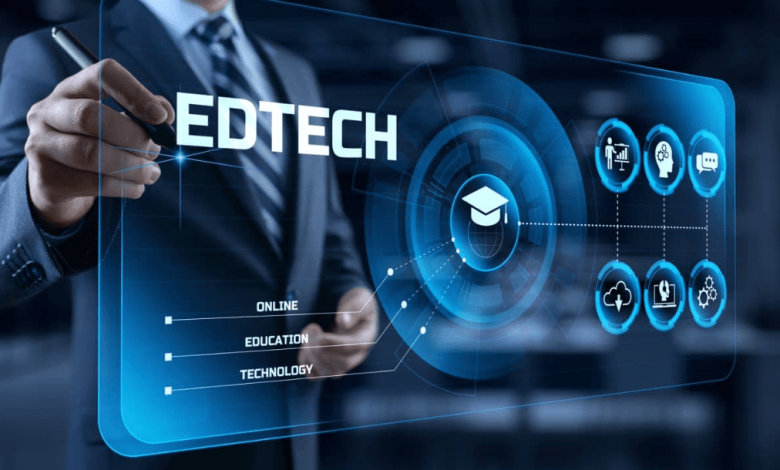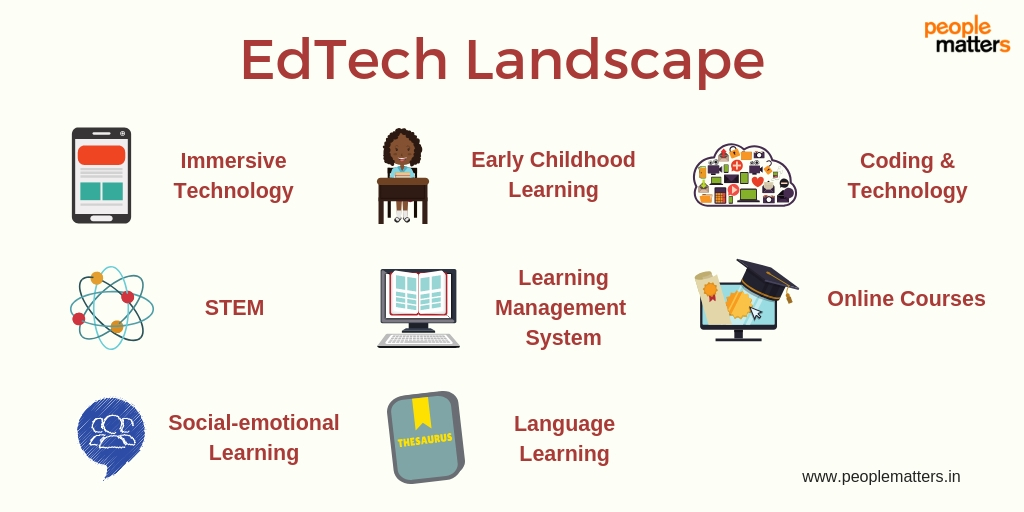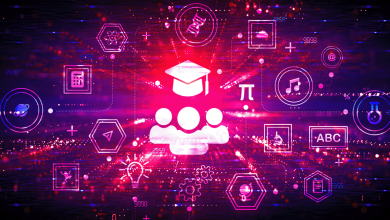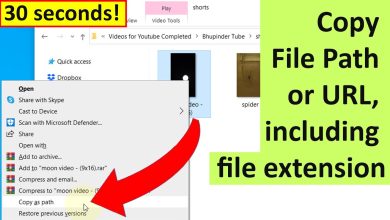EdTech’s Role in Accessible Learning

What is EdTech?
Educational technology, commonly known as EdTech, refers to digital tools that enhance learning. EdTech has transformed traditional education by making it more engaging and accessible. This article explores EdTech’s role in accessible learning and its impact on education.
The Importance of Accessible Learning
Accessible learning ensures that all students have equal opportunities to succeed. It addresses diverse learning needs, including those of students with disabilities. However, traditional educational methods often overlook these needs. This gap can hinder students’ academic progress and confidence.
EdTech aims to bridge this gap. By leveraging technology, educators can create inclusive learning environments. Tools such as online courses, educational apps, and adaptive learning systems cater to various learning styles. This customization makes education more engaging and effective for all learners.

EdTech Tools for Accessibility
Several EdTech tools enhance accessibility in learning. Here are some notable examples:
- Learning Management Systems (LMS): Platforms like Moodle and Canvas provide flexible learning environments. Students can access materials anytime and anywhere. This flexibility is crucial for those who may need additional time or resources.
- Screen Readers: These tools assist visually impaired students by converting text into speech. Programs like JAWS and NVDA allow users to navigate digital content effectively. This support enables visually impaired learners to engage with the same materials as their peers.
- Speech Recognition Software: Tools like Dragon NaturallySpeaking help students with writing difficulties. By converting speech to text, these programs allow learners to express their thoughts more easily. This technology fosters independence and confidence in writing tasks.
- Closed Captioning and Transcripts: Providing closed captions in videos benefits hearing-impaired students. Additionally, transcripts offer a written version of spoken content. Both features enhance understanding and accessibility.
- Interactive Learning Apps: Apps like Quizlet and Kahoot! engage students through interactive quizzes and games. These platforms accommodate various learning styles, making education enjoyable and accessible.
Personalized Learning with EdTech
Personalized learning is a key benefit of EdTech. By using data analytics, educators can tailor instruction to individual needs. This approach allows students to learn at their own pace. For instance, adaptive learning software adjusts difficulty based on student performance. As a result, struggling learners receive the support they need.
Moreover, personalized learning fosters motivation. When students see progress, they are more likely to stay engaged. EdTech tools can provide immediate feedback, helping students understand their strengths and areas for improvement.
Bridging Geographic Gaps
EdTech also addresses geographic barriers to education. Students in remote areas often lack access to quality educational resources. Online courses and virtual classrooms provide opportunities for these learners. They can connect with instructors and peers from around the world.
This accessibility is especially important in today’s global society. Students can explore diverse perspectives and cultures through online education. As a result, they gain a broader understanding of the world around them.
Supporting Teachers with EdTech
EdTech benefits not only students but also educators. Teachers can access a wealth of resources to enhance their instruction. Online platforms offer lesson plans, teaching strategies, and professional development opportunities. This support empowers educators to meet the diverse needs of their students.
Furthermore, EdTech streamlines administrative tasks. Tools like gradebooks and attendance systems save time. As a result, teachers can focus more on instruction and student engagement.
Overcoming Challenges
While EdTech has many advantages, challenges remain. One significant issue is the digital divide. Not all students have access to reliable internet and devices. This disparity can exacerbate existing inequalities in education.
To address this challenge, schools and governments must invest in infrastructure. Providing devices and internet access to underserved communities is essential. This investment will ensure that all students can benefit from EdTech.
Another challenge is the need for training. Educators must feel comfortable using new technologies. Professional development programs should focus on integrating EdTech effectively into the classroom. This training will maximize the benefits of these tools for both teachers and students.
The Future of EdTech in Accessible Learning
The future of EdTech in accessible learning is bright. As technology continues to advance, new tools will emerge. Innovations such as artificial intelligence and virtual reality will further enhance accessibility.
AI can analyze student data to provide personalized recommendations. Meanwhile, virtual reality can create immersive learning experiences. These advancements have the potential to engage students in new and exciting ways.
Additionally, collaboration between EdTech companies and educational institutions will drive progress. By working together, they can develop solutions that address specific needs. This collaboration will enhance the overall learning experience for all students.
Conclusion
EdTech plays a crucial role in promoting accessible learning. By leveraging technology, educators can create inclusive environments for diverse learners. From personalized learning to bridging geographic gaps, EdTech offers numerous benefits.
However, challenges such as the digital divide and the need for training must be addressed. Investing in infrastructure and professional development is essential for maximizing EdTech’s potential. With continued innovation and collaboration, EdTech will shape the future of accessible learning for generations to come.





